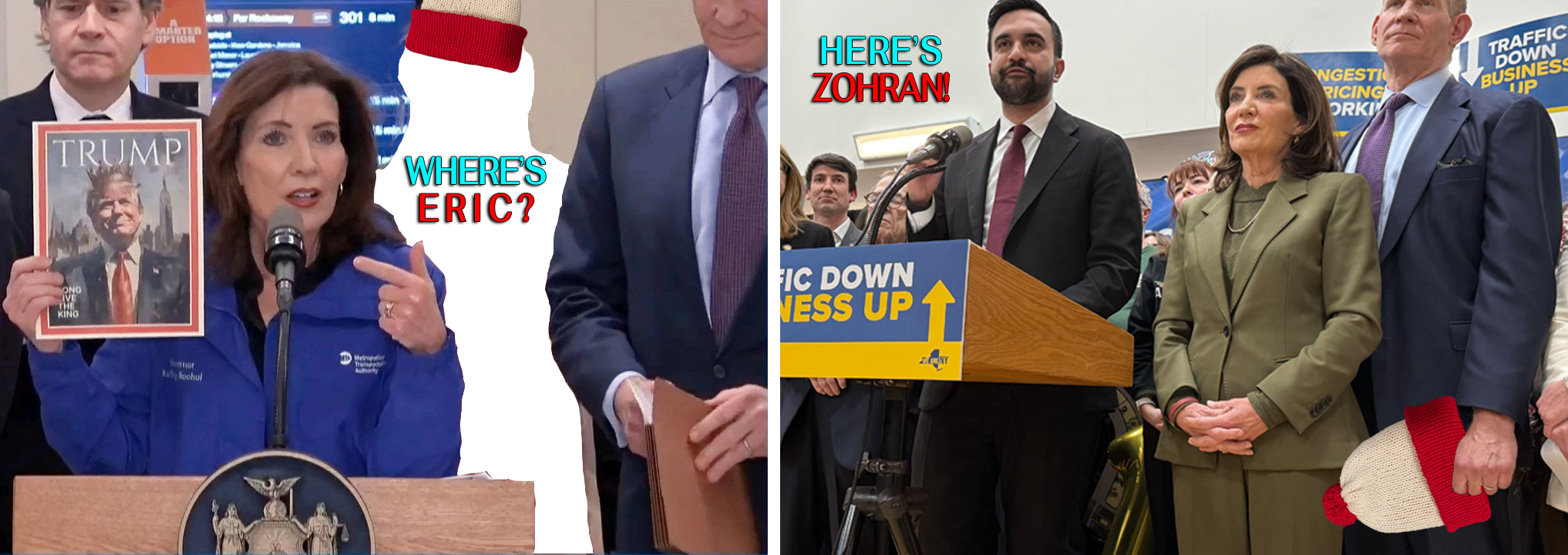
Cross-posted from Brookings’ The Avenue blog. This article is the second in a short series examining new Census data on transportation trends.
While more Americans are relying on alternative modes to get to work every day, cars still define most of our commutes. Over time, these high driving rates not only reflect a built environment that continues to promote vehicle usage — despite recent shifts toward city living and job clustering — but also call into question how well our transportation networks offer access to economic opportunity for all workers.
This is especially important for those workers without cars.
The most recent 2013 Census numbers shed light on the commuting habits of the 6.3 million workers who don’t have a private vehicle at home. That’s about 4.5 percent of all workers, up from 4.2 percent in 2007.
Zero-vehicle workers still do quite a bit of driving. Over 20 percent drive alone to work — meaning they find a private car to borrow — and another 12 percent commute via carpool. Both rates jumped between 2007 and 2013, defying national trends toward less driving. This paints a discouraging picture about transportation access across the country for a segment of commuters who must expend extra effort to get to work.
Metropolitan data underscores the breadth of this problem. Transit-rich metros like New York, San Francisco, and Chicago have the most zero-vehicle workers, and they drive less frequently. However, in other large metro areas like Dallas, Detroit, and Riverside, over half the zero-vehicle workers find a car to drive to work. Driving rates jump to over 70 percent in metros like Birmingham, AL; Jackson, MS; and Provo, UT. Across 77 of the 100 largest metro areas, at least 40 percent of zero-vehicle commuters drive to work.





